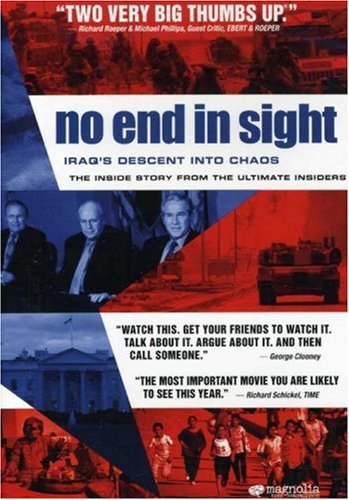
by Kevin Rafferty and Jane Loader
What was marketed as a “shock value” film has few related redeeming qualities. The film is composed solely from archival footage, and there is virtually no overarching narration to guide the film. I admire the filmmakers for their editing abilities to create a story with dialogue where dialogue was not created. The lack of conventional storytelling methods is made up for with the immense substance of the original footage. The mere history of the atomic scare in the United States proves educational and entertaining enough to drive the story and astound the viewer. The original footage of the bomb blasts are a rare treat. They are images not readily seen on our modern day education or in personal experiences. This film greatly serves as a historical memorial to remind and inform the viewer of the follies of the past. We become astounded at the statements and training videos put out by the US government. We laugh at their claims and precautions and regard them with absurdity. We are reminded that even our mightly nation cannot tell the future and are forced to acknowledge that our precautions now may be later regarded as the absurdities of the past.


